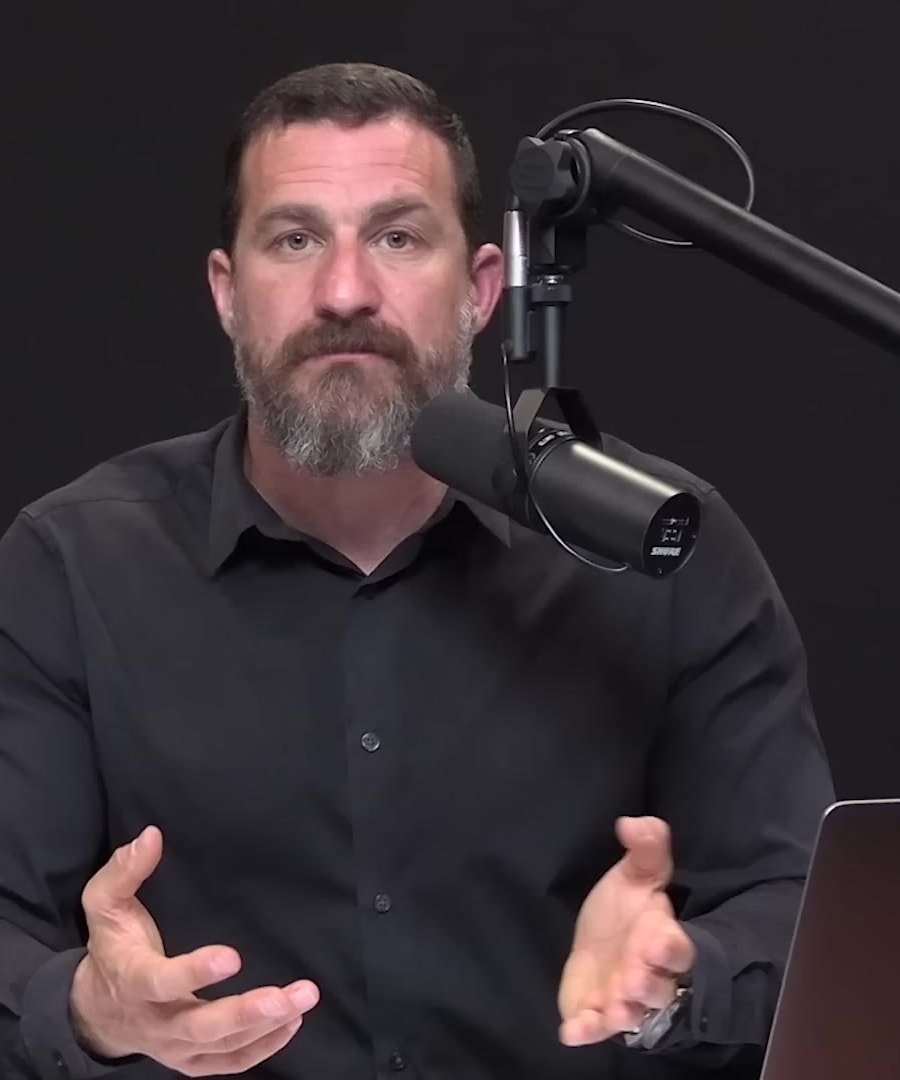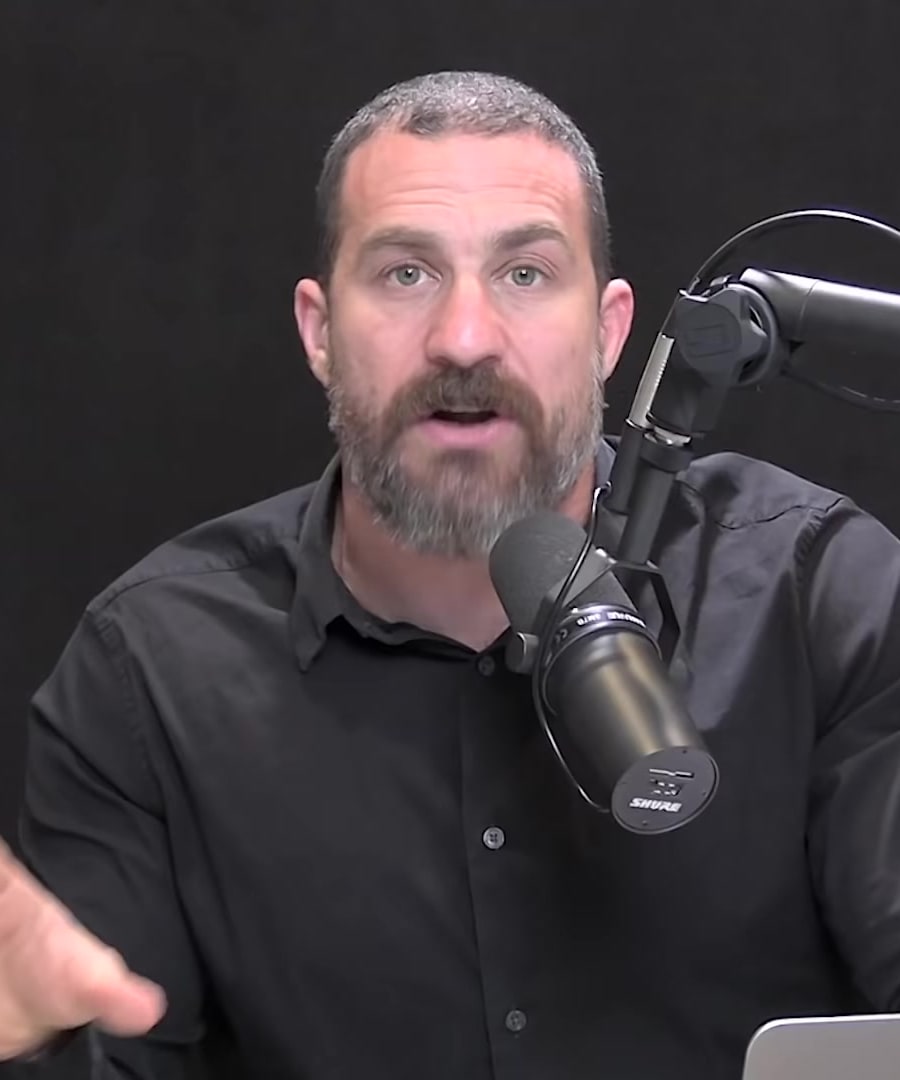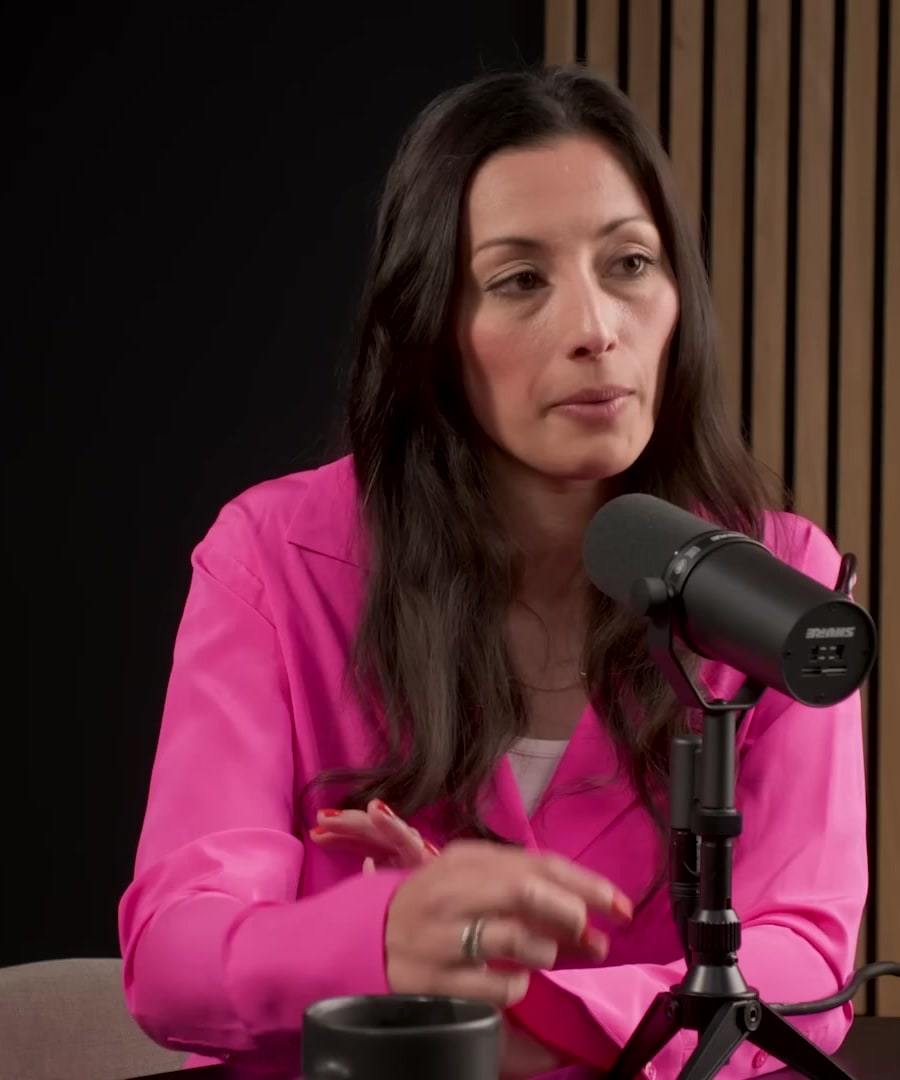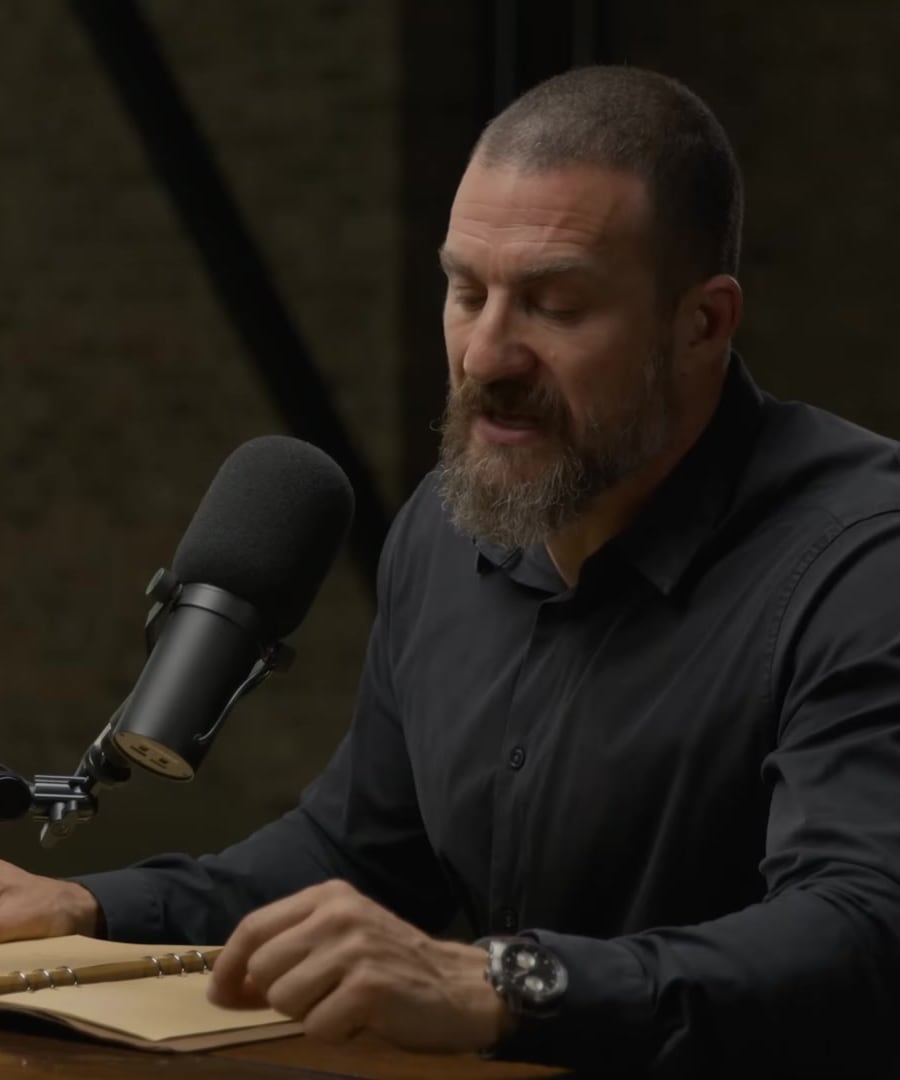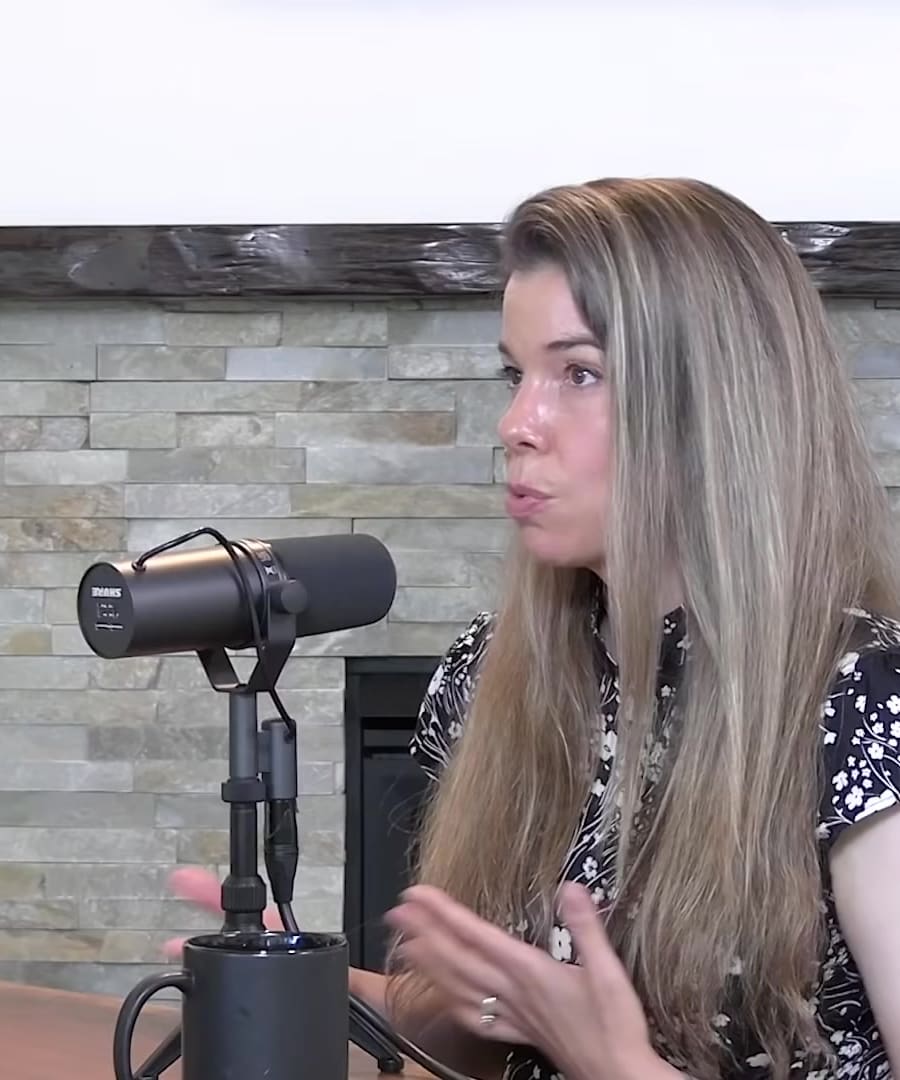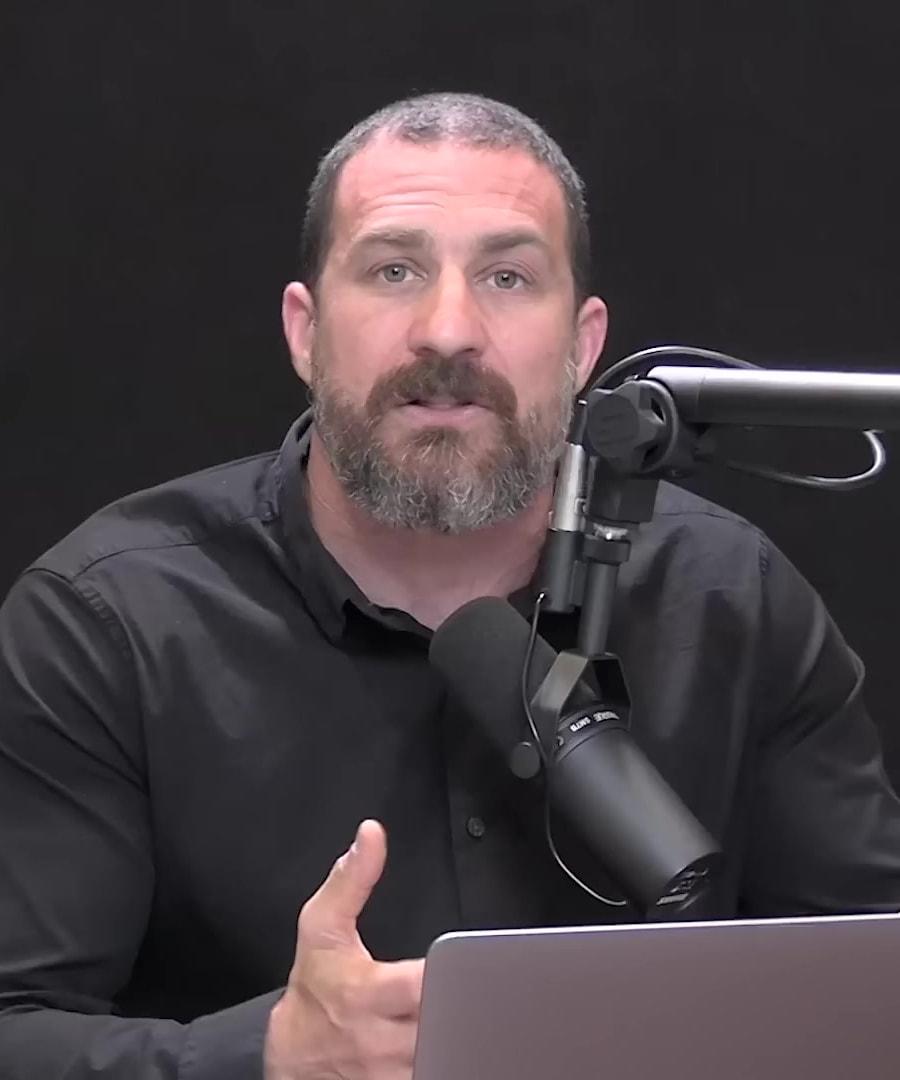What is a daily cold plunge protocol?
Sources:
A daily cold plunge protocol as recommended by involves deliberate cold exposure to increase dopamine levels. Here are the key points to consider:
-
Timing: It's recommended to perform cold exposure in the morning. It should not be done after strength or hypertrophy training within 6 hours, as it might suppress the training adaptation.
-
Duration and Temperature: A very cold shower, cold plunge, or ice bath can be used, lasting from 30 seconds to two minutes. Start with a temperature that's tolerably cold and gradually lower it over a few days to avoid shock. The temperature should be around 37°F to 55°F. Another approach is to immerse in warmer water (about 60°F) up to the neck for 45 to 60 minutes.
-
Safety: Choose a cold temperature that is uncomfortably cold but within your tolerance and safety levels, as it may vary from person to person.
-
Adaptation: Start warmer than you think is necessary and ease into the colder temperature over a few days.
-
Routine: The cold exposure can be done first thing in the morning or after getting sunlight exposure. Include it early in the day along with other morning routines for optimal benefits.
-
Protocols Access: Many protocols, including those geared toward fat loss, are freely available at The Cold Plunge website. These protocols might include periods of shivering to optimize the effects of cold exposure, like fat loss and resisting inflammation.
For the specifics, you can access free protocols provided by The Cold Plunge website for various goals, including fat loss optimization. The process involves shivering through cooling and rewarming the body 1.
Always approach cold exposure with caution, and ease into lower temperatures gradually to avoid any potential health risks 2. Consider visiting the mentioned website or consult with healthcare providers before starting any cold exposure regimen.
Thank you for your feedback!RELATED QUESTIONS-
What are the health benefits of cold plunge therapy?
Sources:
Cold plunge therapy, also known as cold water immersion, can offer various health benefits according to and guests on the :
-
Dopamine Regulation: Short, deliberate cold exposure can significantly increase baseline dopamine levels, which may improve mood and cognitive functions like focus and attention for hours after the exposure 1.
-
Sympathetic Nervous System Activation: Cold showers or immersion activates the sympathetic nervous system, which can lead to the release of norepinephrine, a neurotransmitter that increases alertness and arousal, and may help with mood regulation 2.
-
Brown Fat Activation: Cold exposure activates brown adipose tissue (brown fat), which plays a role in heat generation and metabolism. Activation of brown fat increases energy expenditure, which could potentially aid in fat loss 2.
-
Mental Resilience: The process of entering cold water and managing stress can increase one's ability to handle stress in other areas of life, improving the ability to maintain calm and clear cognition 3.
-
Exercise Recovery: Cold water immersion post-exercise has shown positive outcomes like improved muscular power and reduced soreness, especially after high-intensity workouts. However, it might not be beneficial after workouts focused on muscle hypertrophy 4.
-
Parasympathetic Response: Cold water immersion triggers the dive reflex, associated with a reduction in heart rate and oxygen consumption, which could be beneficial for improving mental balance 5.
While these benefits are suggestive of the positive impacts of cold plunge therapy, also advises on the importance of safety and individual tolerance when engaging in cold exposure practices. Always consult with healthcare providers or experts before beginning any new health-related practice.
RELATED QUESTIONS-
Is it recommended to cold plunge later in the day?
Sources:
Based on the information provided in the , cold plunge therapy is recommended to be done earlier in the day. mentions that due to the rhythm of your core body temperature, which is at its lowest right before you wake up and then rises throughout the day, engaging in cold exposure early can increase wakefulness and alertness, aligning well with daytime activities. Cold exposure can increase core body temperature, and if done very late in the evening, it could potentially disrupt your ability to fall into deep sleep 1.
He specifically recommends not doing cold exposure too late in the day to avoid disrupting sleep, because a decrease in core body temperature is necessary for good sleep, and cold exposure late in the evening could raise body temperature at a time when it's supposed to be dropping 2. Furthermore, Dr. Huberman notes that while he has personally engaged in cold exposure late at night without it affecting his sleep, he acknowledges that this could be an issue for others 1.
However, Dr. Susanna Søberg, in a conversation with , suggests people should try cold exposure at different times of the day to determine what works best for them individually, as tolerance to the timing can be personal, similar to how some people can consume caffeine in the evening without it affecting their sleep 3.
Ultimately, the emphasis is on individual tolerance and testing what works for each person while keeping in mind that earlier in the day might be more beneficial and less likely to interfere with sleep cycles.
RELATED QUESTIONSWhat are the benefits of sauna?
Sources:
The benefits of sauna use, as discussed on the , include various health improvements such as:
- Enhanced cardiovascular health: Regular sauna usage was associated with a reduced risk of dying from a cardiovascular event. Sauna use two to three times per week was shown to decrease this risk by 27%, while going four to seven times per week could reduce the risk by 50% 1 2.
- Increased growth hormone release: Growth hormone levels can rise significantly through infrequent but intense sauna sessions, such as once per week with multiple sessions of 30 minutes each 3.
- General well-being improvements: The sauna mimics moderate intensity aerobic exercise and is beneficial for those who cannot engage in physical activities due to various reasons. Similar physiological responses to exercise, like elevated heart rate and improved blood pressure, are observed during sauna use 4.
- Mental health benefits: Sauna exposure can also have mental health benefits by increasing dynorphine, which in turn can enhance the mood-improving effects of endorphin after sauna use 5.
- Detoxification through sweating: Sweating in the sauna can help with the excretion of heavy metals like cadmium, lead, and aluminum 6.
It's important to note that while repeated heat exposure has these significant benefits, anyone interested in beginning sauna use, especially those with pre-existing health conditions, pregnant women, or elderly individuals, should consult with a healthcare provider for personalized advice and safety considerations 4.
RELATED QUESTIONSWhat temperature should a sauna be?
Sources:
For an effective sauna experience, the recommended temperature range is generally between 80 to 100 degrees Celsius, which is approximately 176 to 212 degrees Fahrenheit. This range has been highlighted in the literature, as it is crucial for achieving the health benefits associated with sauna use 1.
Sauna sessions should last between five to 20 minutes, and individuals are advised to start at the lower end of the temperature range and adjust according to their heat tolerance 2. It's important to prioritize safety and hydration, and avoid becoming excessively hyperthermic, which can lead to heat stroke and serious health risks 1.
No specific type of sauna (wet, dry, or infrared) appears to confer unique health benefits. The critical factor is reaching the proper temperature range 1. Always consult with a healthcare provider before starting any new health practice, including sauna use, to ensure it is suitable for your individual health condition.
RELATED QUESTIONS
What is a daily cold plunge protocol?
- Thank you for your feedback!RELATED QUESTIONS
What are the health benefits of cold plunge therapy?
- RELATED QUESTIONS
Is it recommended to cold plunge later in the day?
- RELATED QUESTIONS
What are the benefits of sauna?
- RELATED QUESTIONS
What temperature should a sauna be?
- RELATED QUESTIONS

